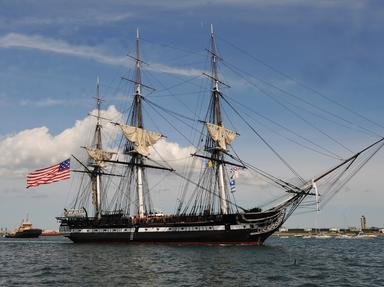Quiz Answer Key and Fun Facts
1. Saint Croix Island was the site of an early French attempt of colonization in 1604. In which New England state would one find Saint Croix Island?
2. An early Swedish attempt at colonization in what is now the United States took place at Fort Christina. In which Mid-Atlantic state was it located?
3. The first Dutch attempt at a colony in North America was at Fort Nassau (or Fort Van Nassouwenn). In which modern-day state was this settlement found?
4. Kent Fort was established by the English on an island of the same name in 1631. In which modern state was this settlement established?
5. Fort Caroline was an early attempt at a French settlement. In which modern day state was the settlement located?
6. Not all European colonial settlements in what is now the USA were located along the Atlantic coast. In which state with a coast on the Gulf of Mexico was France's Fort Saint Louis located?
7. An early example of a Spanish colonial attempt in mainland North America was San Miguel de Gualdape in 1526. In which modern state was this colony located?
8. In 1598, Spain foces established a settlement called San Juan de los Caballeros (Saint John of the Knights). In which modern-day Southwest state was San Juan de los Caballeros located?
9. Fort Beversreede, an outpost of New Netherlands, served as a factory in the older sense of a transport site for goods. In which modern state was the Fort found?
10. One of the best known failed colonies in colonial America is Roanoke Island, "the" Lost Colony. In which modern state was Roanoke Island located?
Source: Author
bernie73
This quiz was reviewed by FunTrivia editor
gtho4 before going online.
Any errors found in FunTrivia content are routinely corrected through our feedback system.
